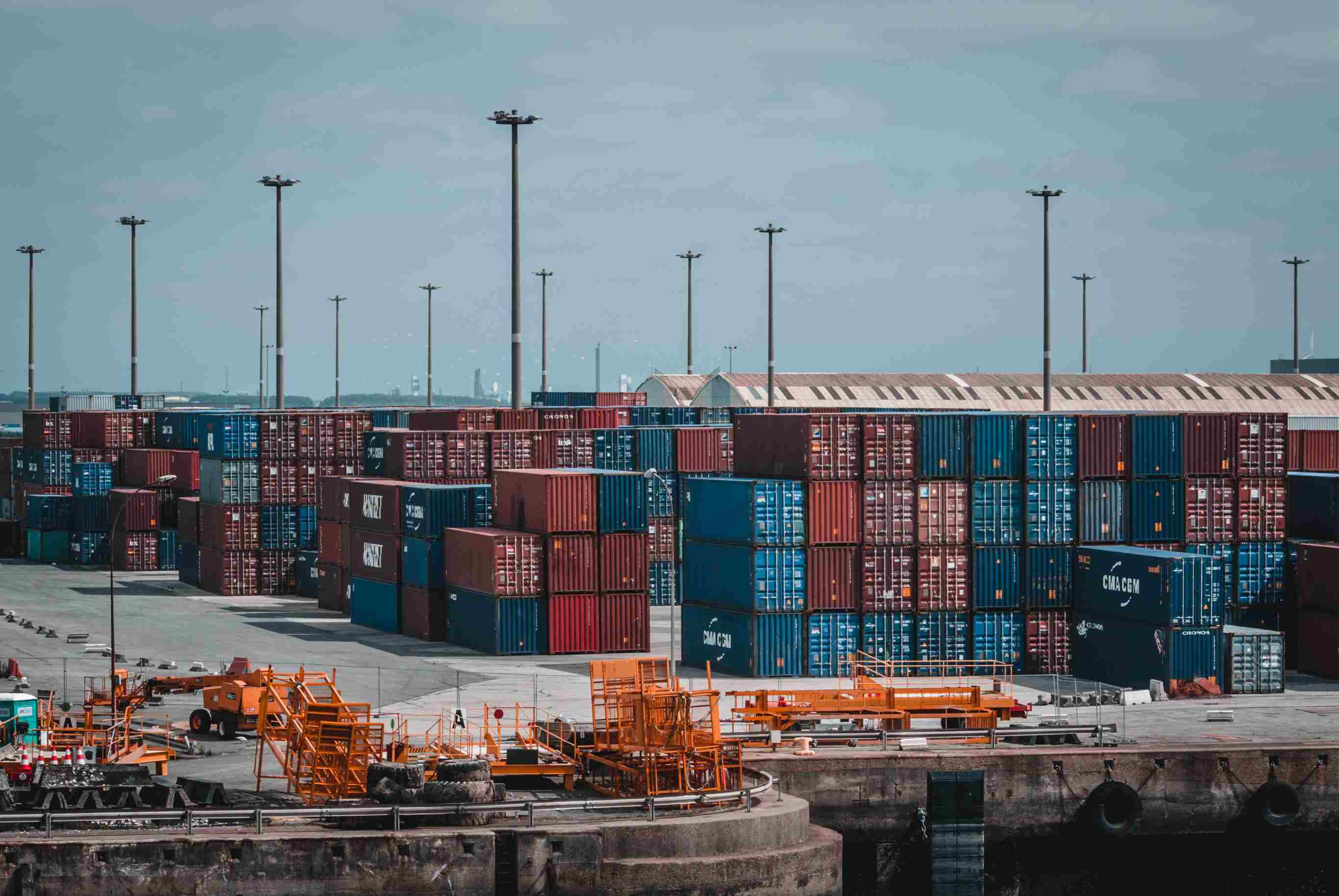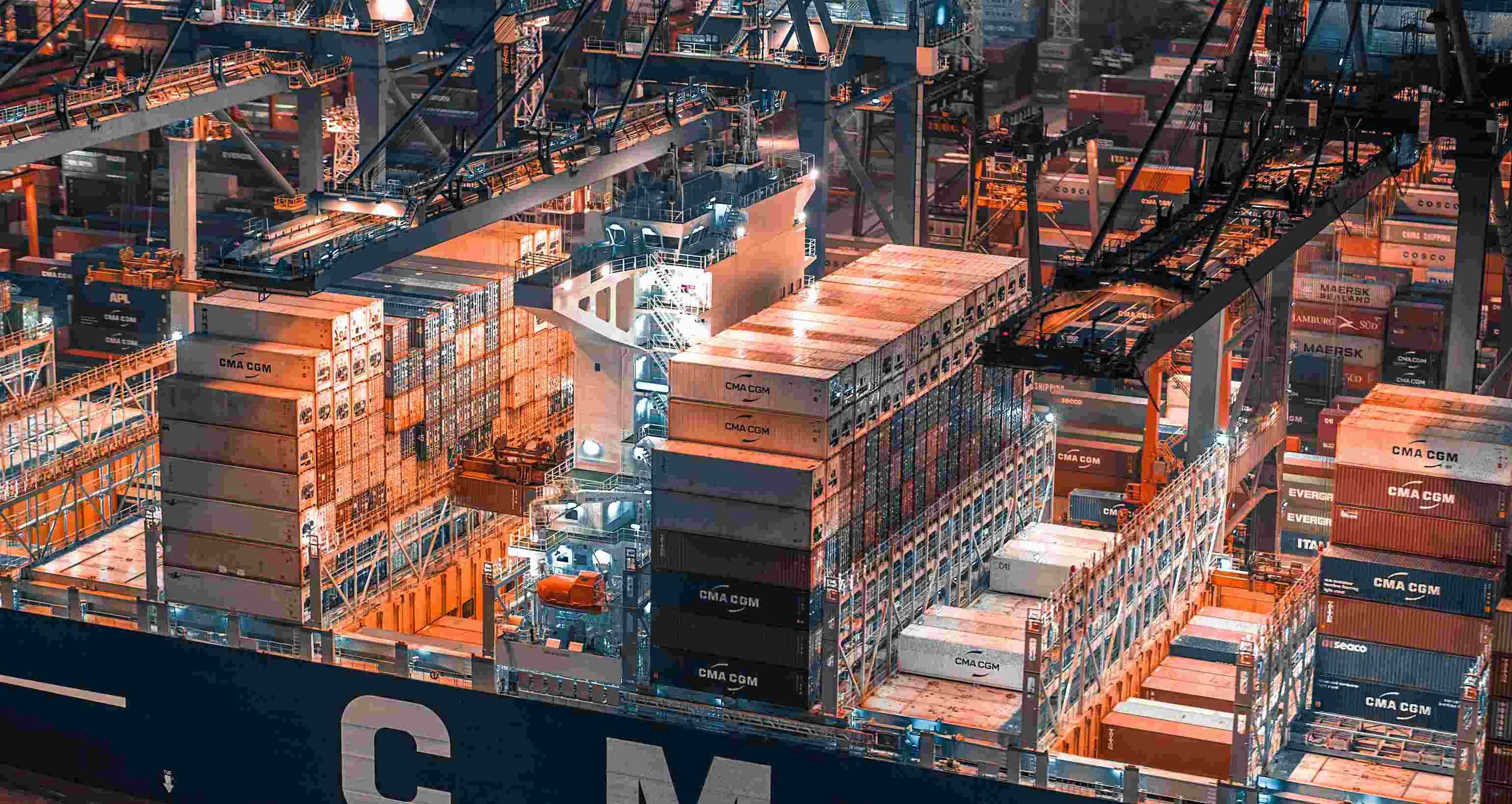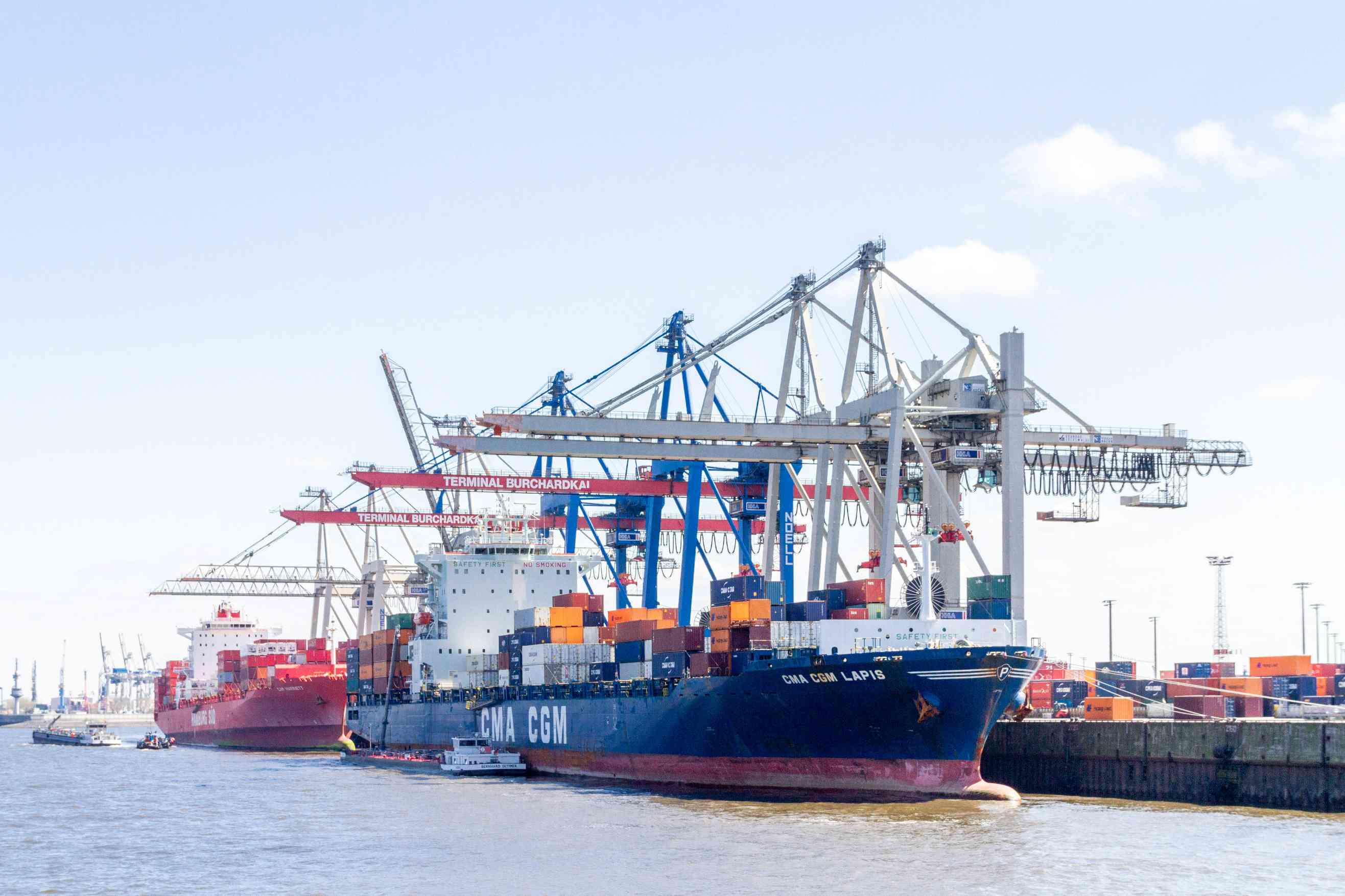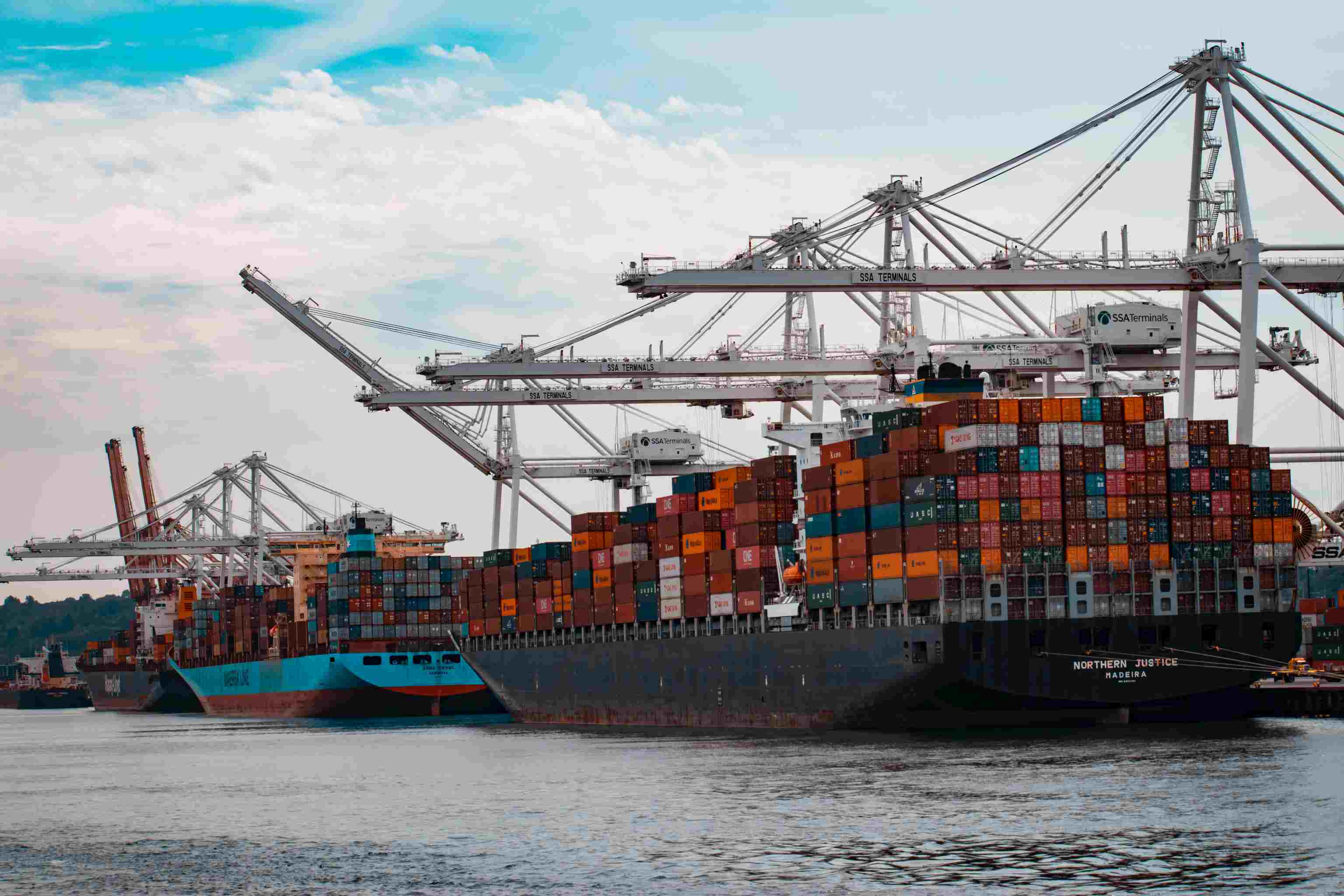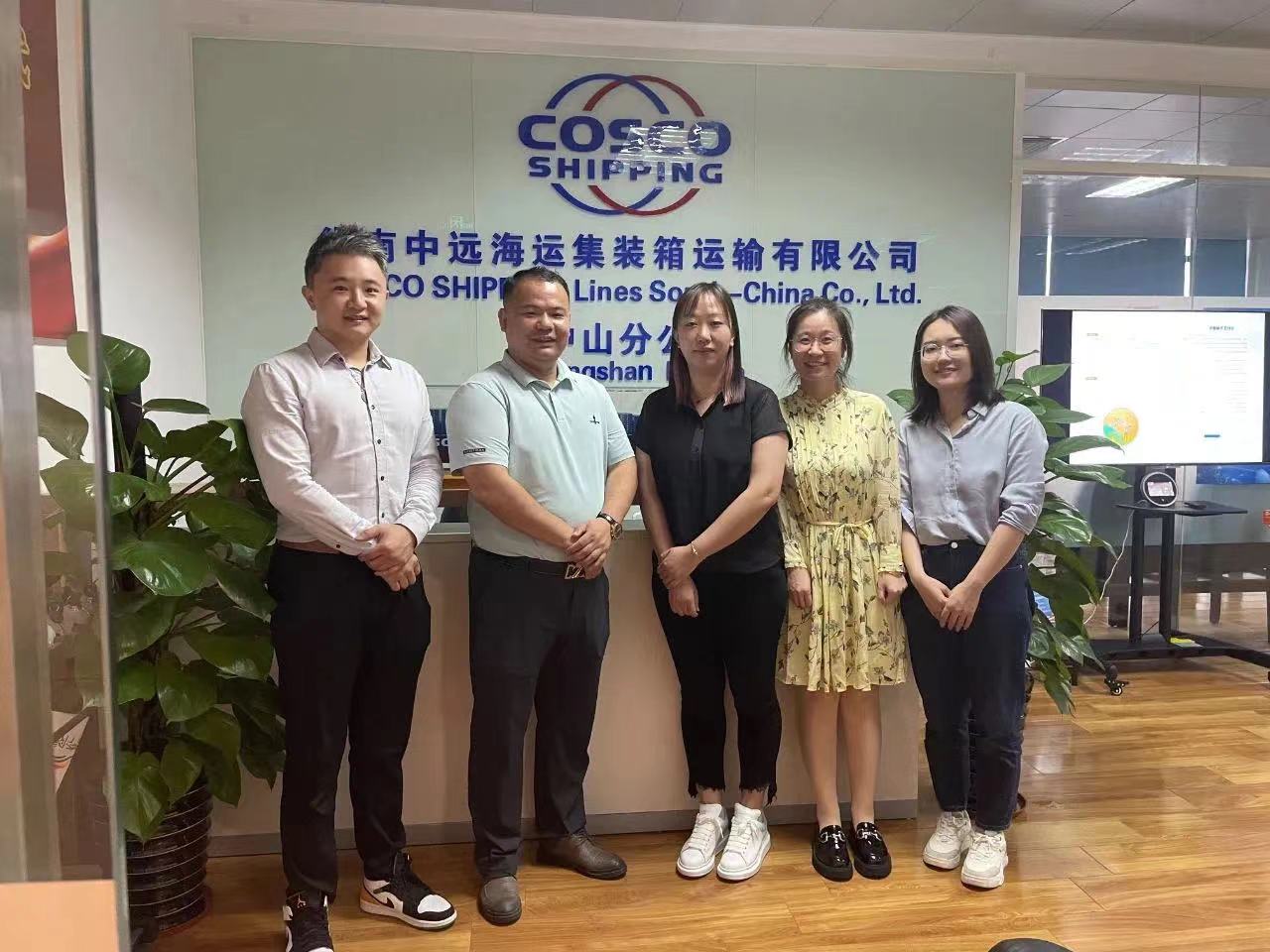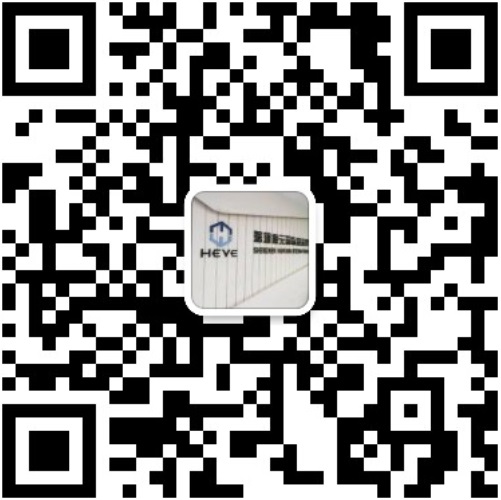Shenzhen Customs innovation reforms to promote Shenzhen-Hong Kong trade
Customs data shows that since Hong Kong's return to the motherland in 1997, the growth rate of trade between the two places has accelerated significantly, the economic and trade relations between Shenzhen and Hong Kong have become closer, and the integration of the two places has continued to accelerate. The rapid economic and trade development has put forward higher requirements for customs clearance efficiency. Shenzhen Customs has continuously reformed and innovated to increase the efficiency of customs clearance. It is the only country in the country to open 24-hour customs clearance for freight and travel inspections at land ports. It is the first country in the country to implement automatic nuclear port clearance at highway ports, to achieve rapid cross-border customs clearance between Guangdong and Hong Kong, to promote regional customs integration, and to expand the convenience, speed and efficiency of Guangdong ports to Guangdong province. , Four provinces of Pan-Pearl and the whole country.
Shenzhen Customs is not only a witness to the rapid development of Shenzhen-Hong Kong economy and trade, but also a participant in the close integration of Shenzhen and Hong Kong. The close economic and trade exchanges between the two places have promoted the growth of customs business and reform and innovation. The reform of customs clearance facilitation has also promoted port customs clearance to be more convenient and smooth.
Shenzhen and Hong Kong enter into a new era of mutual benefit and win-win
Since the return of Hong Kong, despite the double impact of the Asian financial crisis and the global financial turmoil, the proportion of Shenzhen-Hong Kong trade in Shenzhen's overall foreign trade import and export has continued to increase, from 18.8% in 1997 to a historical high of 34.2% in 2013. Liu Ying, Section Chief of the Shenzhen Customs General Statistics Department, told reporters that the Shenzhen-Hong Kong trade is currently undergoing a period of in-depth adjustment and co-development. In 2016, Shenzhen's import and export value was 2.6 trillion yuan, and trade with Hong Kong accounted for more than 20% of Shenzhen's import and export. Hong Kong is still firmly in the top position among Shenzhen port trading partners.
Fresh vegetables, chickens and ducks, exotic fruits of all colors, and novel electronic products are constantly flowing in and out of Shenzhen and Hong Kong. Over the past two decades, the trade structure between Shenzhen and Hong Kong has also undergone tremendous changes, gradually shifting from labor-intensive products to high-end mechanical and electrical products, and from processing trade to general trade.
Since the return of Hong Kong, benefiting from the improvement of the manufacturing level in the Mainland, the increased autonomy of business operations, and the increase in the consumption level of mainland residents, Shenzhen's general trade import and export to Hong Kong has developed rapidly, with an average annual growth rate of 14.5%. 21.1% increased to 28% in 2016. In addition, with the continuous improvement of supporting facilities in Shenzhen's bonded areas and bonded port areas, Shenzhen's logistics service industry is also booming. All of these "threaten" the status of the "boss" in processing trade. The import and export growth of processing trade in Hong Kong is significantly lower than the overall level. The advantage of Shenzhen's processing trade is no longer obvious, Liu Ying said.
The “front store and back factory” processing trade model established by Hong Kong companies is shrinking gradually, and the dominant position of the “processing trade + foreign-invested enterprises” model has weakened. Foreign investment, including many Hong Kong-owned enterprises, has continued to move its production capacity inward, and its proportion has gradually declined. In 2016, it has fallen to 55.9%, which is basically the same as that of Hong Kong's return to the year. At the same time, the rapid growth of private enterprises' imports and exports at an average annual rate of 44.3% has become another important driving force for Shenzhen-Hong Kong trade, and its proportion has continued to increase, from less than 1% in the year of return to more than 40% in 2016.
The changes in the Shenzhen-Hong Kong trade structure also reflect the advent of a new era of economic and trade development between the two places. Shenzhen is gradually becoming a catch-up and partner from a mere learner. The two places are forming complementary, mutually beneficial and economic integration. In the past 20 years, Shenzhen has successively added three new ports: Shenzhen Bay Port, Futian Port and Da Chan Bay Port. Among them, Shenzhen Bay Port is the first port in China that has adopted the Shenzhen-Hong Kong joint "one place, two inspections" inspection model. A new starting point for Shenzhen and other parts of the Mainland to strengthen cooperation and achieve mutual benefit and win-win results reflects the new vitality of Shenzhen-Hong Kong cooperation.
Rapidly increasing customs clearance at ports to promote economic and trade development with Hong Kong
In the early hours of the morning, the scene of customs clearance for passengers and freight at Huanggang Port in Shenzhen was still brightly lit, and customs officers were as busy as day. In 2003, the CEPA agreement was officially signed, and Mainland tourists went to Hong Kong and Macao for free. In January of that year, the 24-hour customs clearance at the Huanggang Port Travel Inspection began, and Huanggang Customs became the country's first highway port customs to implement 24-hour customs clearance for both passenger and freight channels.
Behind the implementation of the 24-hour customs clearance is the rapid growth of Shenzhen's exports to Hong Kong, especially high-end mechanical and electrical products such as mobile phones, computers, and electronic equipment. These electronic products need faster opportunities to seize the market one step ahead of the others.
Liu Ying believes that since the reunification, the structure of imports and exports of Shenzhen and Hong Kong has been significantly optimized, and the proportion of exports of mechanical and electrical products to Hong Kong has continued to increase. Shenzhen is an important base for the processing and production of traditional industries by Hong Kong businessmen. Since the reunification, the growth rate of Shenzhen's export of labor-intensive products to Hong Kong has been significantly lower than the average level of overall exports to Hong Kong during the same period, accounting for 28.5% of the total export value to Hong Kong This was down to 5.4% in 2016.
At the same time, the rapid development of Shenzhen's electronics manufacturing industry has promoted the rapid growth of exports of mechanical and electrical products to Hong Kong at an average annual rate of nearly 20%, increasing from 35.8% in the year of return to 84.9% in 2016. Dominates.
In order to actively respond to and serve the new changes in the local economic structure, since the reunification, Shenzhen Customs has made every effort to improve the efficiency of customs clearance at ports and meet the foreign trade needs of "Shenzhen Speed". Since 2002, the customs has implemented an automatic check-and-release system at the Guangdong-Hong Kong highway port to realize the automatic identification and automatic inspection and release of vehicles at bay gates at highway ports, reducing the time required for normal vehicles to clear customs at the port from more than 2 minutes to 5 seconds. .
In 2007, the cross-border rapid customs clearance business was launched to realize the seamless connection between the Guangdong-Hong Kong highway port and the competent place; since 2012, the Hong Kong Customs “multimodal intermodal transportation convenience plan” and the Mainland customs “cross-border rapid customs clearance” connection plan have been implemented to achieve Compared with the normal transit mode, the import clearance efficiency in the inland area has been improved by more than 26 minutes. Since 2014, the transformation of the customs clearance mode of Guangdong-Hong Kong highway ports from the local version to the national version has been completed.
At present, Shenzhen Customs is gradually realizing the integration of regional customs clearance at the Guangdong-Hong Kong highway port, and has gradually expanded the scope of cargo customs declaration at the Guangdong-Hong Kong highway port to the whole province, the four provinces of Pan-Pearl River and the whole country.
Fresh "green lifeline" for Hong Kong to protect "table stability" for Hong Kong citizens
Mr. Peng of Chaoji Foods (Hong Kong) Co., Ltd. has been engaged in chicken, duck, goose and pork products for more than 30 years. He told reporters that the company he runs has farms in Huizhou, Haifeng and Guangxi Bobai And processing plant, Hong Kong chicken, duck, goose and pork products are supplied in large quantities every day.
Mr. Peng was also deeply impressed by the efficiency of customs clearance. "Before and after 1997, our fresh vehicles for Hong Kong arrived at the Wenjindu Port and had to wait in line for declaration before they could queue up for export to Hong Kong. As a result, customs clearance time has been saved a lot, and Hong Kong citizens have also eaten more fresh meat and vegetables. "
It is reported that Wenjindu Port has a long history of exporting live goods to Hong Kong. After Hong Kong's return, the motherland's various support for Hong Kong has continued to increase. Today, more than 85% of the Hong Kong market's supply of vegetables, live animals and poultry and other food supplies are supplied to Hong Kong via the Wenjindu Port. It is no exaggeration to say that the "table stability" of the people of Hong Kong depends on fresh supplies imported from the Man Kam To Port. According to statistics from Wenjindu Customs, in 2016 alone, Wenjindu Customs inspected and released 2.219 million tons of live products for Hong Kong, a year-on-year increase of 3.2%, with a total value of US $ 5.4 billion, a year-on-year increase of 9.5%, which effectively protected the livelihood needs of Hong Kong.
In addition, according to Shenzhen Customs statistics, in 2016 the total number of fruits imported through the Shenzhen port was 1.033 million tons, an increase of 10.1% year-on-year, and the total value was 15.19 billion yuan, ranking first in the country's ports, and the Wenjindu port is the main import of the Shenzhen port. Fruit port, nearly 70% of the fruits are imported from Wenjindu Port.
Mr. Luo of Shenzhen Jianchengye International Freight Forwarding Co., Ltd. is a professional importer of fruit. He told reporters that the company currently manages about 30% of the imported fruits in Shenzhen, most of which are imported from Wenjindu Port. Is a veritable importer of imported fruit.
Wenjindu Customs has always taken the customs clearance service for fresh products for Hong Kong as a key task. Centralized declaration, special inspection stations, and special posts have effectively improved the clearance speed of fresh products for Hong Kong. At present, Wenjindu Port has realized fresh products for Hong Kong. Fresh arrival of products in Hong Kong "zero stagnation." Luo Chuanyong, chief of the second department of logistics monitoring of Wenjindu Customs, told reporters that fresh vehicles for Hong Kong can pass quickly through the customs' automatic nuclear release system in 5 seconds, which effectively realizes efficient and fast customs clearance.
Chen Shenghua, deputy director of the Shenzhen Office of Origin Management of the General Administration of Customs, also specifically analyzed the phenomenon of imported fruits. In order to support the construction of the National Free Trade Zone, Shenzhen Customs introduced "green channels" and "guarantee release" for fruits under the FTA. The measures also involved in-depth cooperation between the relevant authorities in the Mainland and Hong Kong. An electronic networking system was established. In the past, it took 2 days for imported fruits to be transited through Hong Kong. Now, companies can apply for online declaration in advance through the electronic networking system. Transit time.
"Second Speed" Customs Clearance at Ports Boosts New Life in Shuangcheng
According to customs statistics, at the beginning of Hong Kong's return in 1997, there were approximately 150,000 passengers entering and leaving the country through the Luohu Port every day. Twenty years later, this number has risen to 230,000, with a historical peak of 398,000. In August 2007, Futian Port was opened, and the average daily number of customs clearance quickly reached 180,000.
Mr. Zhu, who lives in Shenzhen, works for a financial institution in Hong Kong and commutes to Hong Kong via the Futian Port every morning and evening. He told reporters that the dual-city life in Shenzhen and Hong Kong is no longer simply at the level of trade and consumption. Young people in Hong Kong have set up businesses in Shenzhen. The new generation of Shenzhen to work in Hong Kong has become the normal state of communication between the two places. The increasing number of ports and the fast and convenient customs clearance are the prerequisites to support this new life mode.
Since the return of Hong Kong, Shenzhen Customs has further accelerated the reform of travel inspection. In 1999, it developed a passenger clearance management system and officially put it into trial operation. The system handles passenger data and accelerates normal passenger clearance. In 2000, the introduction of the concept of risk management enabled the travel inspection to achieve a transformation from manual inspection to risk deployment and control, and from manual operations to computer management.
Later, checkpoints at the checkpoints opened up advanced equipment such as personal detectors and "metal detection gates", which further enhanced law-abiding passengers while strengthening supervision. In 2008, 100% machine inspection of baggage items of inbound passengers was implemented, and a "Shenzhen-Hong Kong Day Student Channel" was set up at the passport entry site to provide more convenient customs clearance services under strict supervision.
After years of integration and development, Shenzhen already has a relatively strong high-tech industry foundation and an excellent environment for innovation and entrepreneurship. In 2016, the total economic share of the country has reached 2.6%. Hong Kong has also maintained its status as a global financial and logistics center and has a sufficient international talent pool Although the proportion of the total economic output in the country has declined, it is still around 3%.
Shenzhen and Hong Kong are adjacent to each other, their economic strength is in the forefront of the country, the degree of openness is high, and the social rule of law is perfect. It has the advantage of location cooperation that other urban agglomerations cannot match. Looking into the future, the two places should give full play to their own advantages, draw on each other's strengths, further expand the space for cooperation, promote the flow and integration of resources, promote the Shenzhen-Hong Kong area to become the core engine of the "Guangdong-Hong Kong-Macao Greater Bay Area" and set a leading example for the economic development of the domestic bay area. . (Liu Ying, Wei Baizhen, Zhan Ping, and Yuan Tingting) container shipping companies
